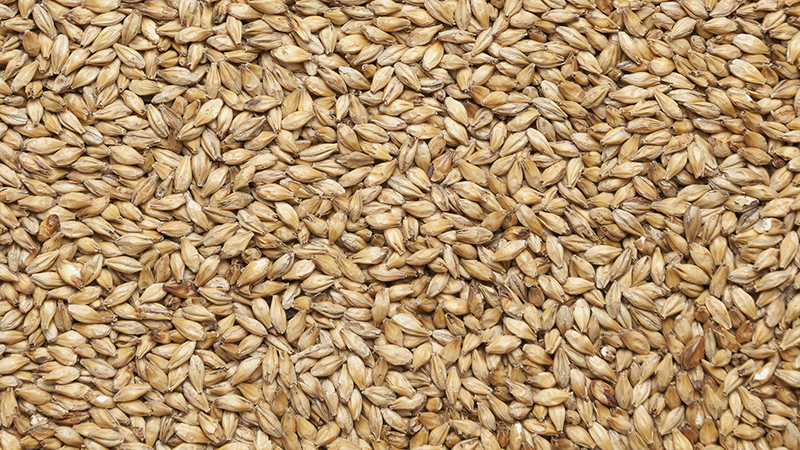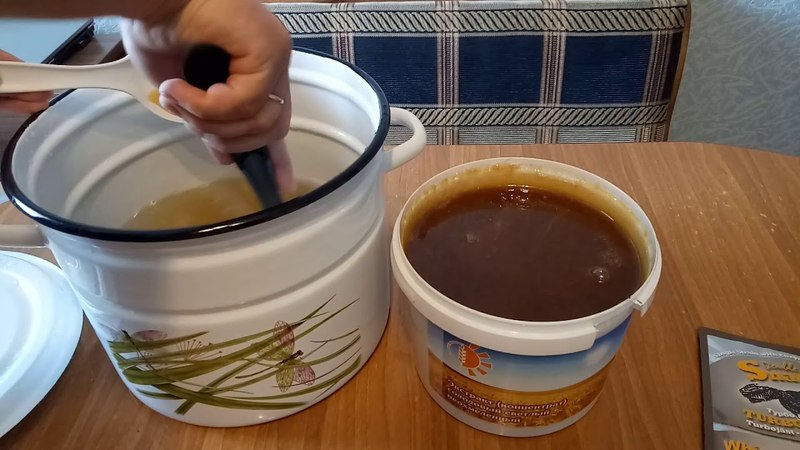Secrets of making barley whiskey at home
Making whiskey at home is a lengthy process. For those who are especially impatient, there is a way to get an analogue in a short time. But real, high-quality barley whiskey is best done strictly according to the instructions in order to get a product that is not inferior in quality to the famous Irish and Scottish drinks. The main conditions are to choose the right main ingredient and not step back from the technology. Next, we will talk about sprouting barley for malt for whiskey and share the recipes.
The content of the article
How to choose a product
The world's most popular single malt barley whiskey is prepared according to the classical technology. The best are the two-row spring varieties Optic and Concerto.
Suitable for making quality whiskey at home finished varieties barley malt Pilsner (Pilsner), Vienna (Vienna), Pale Ale (Pale Ale). Each of them is used in brewing, but they are ideal for making mash as a base malt.
In a small amount during fermentation, special types of malt are added to give unique shades to the drink. These include the caramel, Munich and melanoidin varieties. They give the whiskey a specific taste.

Grain base
Purchase the required varieties barley it is not easy, since in our country they are practically not grown for sale. But specialized stores offer ready-made Chateau and Kurskiy malt, which make it possible to obtain an analogue of Irish whiskey.
How to sprout barley for whiskey malt
Malt Is a germinated grain of barley, in which starch is saccharified under the action of enzymes.
Important! Do not use freshly harvested grain for malt preparation. It should "reach" after harvest for at least 2 months.
When making malt on their own, they adhere to the technology and follow the rules, otherwise the raw materials will be spoiled.
Before germinating the entire batch of barley, the grain is checked for germination. For this ¼ Art. raw materials are soaked in warm water. The use of chlorinated water interferes with the process of germination of grain, therefore it is defended or used well or spring.
If most of the grains hatch within a week, they begin to germinate the entire batch. If less than 90%, it is better not to use such barley - the taste of the drink will be spoiled.
The germination process consists of several stages:
- Training. The grain is poured with clean cold water and all floating shells and hollow seeds are removed. This operation is repeated 3 times.
- Soak. The washed and refined grain is poured with cold water and left in a dark and cool place for 6 hours. Then the water is drained, the grain is mixed and left for another 6 hours, after which it is again poured with water for the next 6 hours.
- Germination. The grain is scattered in a layer of 3-5 cm on baking sheets and covered with a thick cotton cloth. Once a day it is lightly sprinkled with water and mixed. The germination period of barley is 6-7 days. Readiness is determined by the size of the sprout and smell: the first should be 1.5-2 times longer than the grain, the second should resemble a fresh cucumber.
- Drying. For long-term storage, barley malt is kept in the sun (summer) or on a battery (winter) for 3-4 days.
- Removal of sprouts. The dried grains are crushed by hand to separate the processes, then winnowed, removing the excess.
To prevent mold at the stage of soaking, potassium permanganate is added to the water at the rate of 3 g per 10 l, after 3 hours the solution is drained and the grain is washed.This is an optional procedure, it is used if there are doubts about the quality of raw materials.
Malt types
The main requirement for base malts is the activity of enzymes that can break down starch into sugars. The most suitable types:
- Pilsner. This is the lightest versatile base malt. It imparts a slightly nutty or biscuit flavor to the finished beverage. But it is best used with the addition of special malts, since Pilsner's own taste is not clearly expressed.
- Vienna. Gives a richer color to the whiskey than Pilsner, slightly reminiscent of caramel or toffee.
- Pale ale. It is this malt that gives the darkest and most intense colors. Its aroma is typical of nuts and biscuits.
The classic recipe for making barley malt whiskey

Ingredients:
- water - 32 l;
- pressed yeast - 300 g;
- barley malt - 8 kg.
Preparation:
- Malt is crushed into small fractions, poured into water heated to 70 ° C, constantly stirring with a wooden spatula.
- Heat the mixture to 65 ° C, close the tight-fitting lid and maintain the indicated temperature for 1.5 hours. Mix every 15-20 minutes. When heated, the process of saccharification of the wort will begin, so it is extremely important to maintain the temperature regime.
- When the upper part of the mixture brightens and the grain settles, the lid is removed and the contents are cooled as quickly as possible to 25 ° C. For example, placing a container in a tub of cold water.
- Pour the wort into a fermentation container, add yeast diluted according to the instructions on the package and mix.
- Install a water seal and leave for fermentation in a dark room with a constant temperature of 20-25 ° C. Fermentation lasts from three days to two weeks. The mash is mixed once a day.
- When carbon dioxide stops coming out, the wort will brighten and taste bitter, the mash is poured into a distillation cube, draining the pulp.
- During the first distillation, they are not divided into fractions, and the process ends when the fortress falls to 20 °.
- The distillate is diluted with water to 20% and a second distillation is carried out, separating the "heads" and "tails". The final output will be 3-4 liters of moonshine.
- The semi-finished product is poured into an oak barrel and infused in the basement for six months.
In the absence of a barrel, oak pegs are used, which are scalded with boiling water, soaked for 30 minutes. in cold water, and then laid out in jars or bottles and filled with moonshine. Withstand such a product from six months to a year.
Fast whiskey option

Ingredients:
- alcohol;
- water;
- oak sawdust.
Alcohol is diluted to 40-50 ° and insisted on oak sawdust for 1-2 weeks. Then filtered. Instead of alcohol, vodka or purified moonshine will do.
It is interesting:
The incredible benefits of barley for the human body
What cereals are made from barley and the beneficial properties of cereals
Conclusion
Making Irish whiskey at home requires patience and endurance. Correctly selected varieties of barley and adherence to technology during its germination guarantee excellent taste and classic aroma of the drink. Compliance with the rules for distillation eliminates extraneous odors.